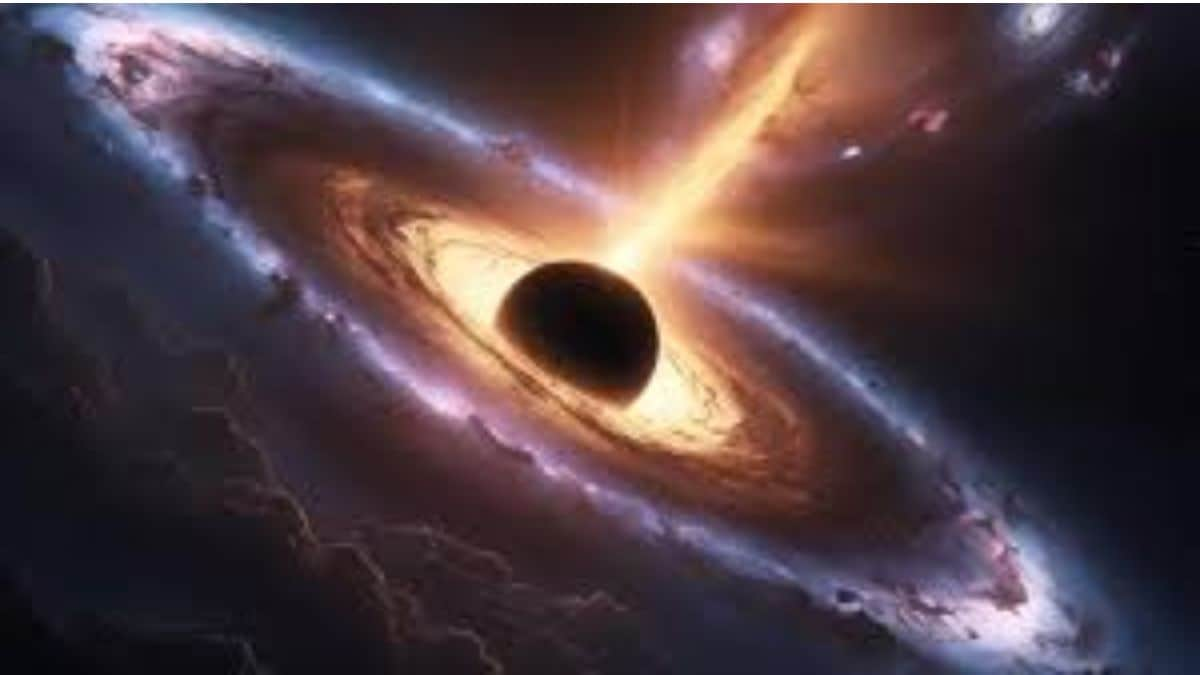
Delivering a fresh jolt to a field recently rocked by controversy, astrophysicists have discovered the most massive collision yet of a pair of black holes that created another black hole, an event so powerful that it shook the universe in ripples of gravitational waves. Named GW231123, the event was detected on 23 November 2023 by the LIGO-Virgo-KAGRA (LVK) collaboration during its fourth observing run. That event was two huge black holes — 100 and 140 times the mass of the Sun — slamming into one another to create a new black hole of 225 solar masses. The mass alone and its spinning now pose a problem for long-held notions about how black holes form in the cosmos.
Unprecedented Black Hole Merger Defies Stellar Models, Hints at Complex Cosmic Origins
As per a report by the LVK team, these black holes far exceed the sizes permitted by standard stellar evolution models. “Black holes this massive are forbidden through standard models,” mentioned LVK researcher Mark Hannam. One possible explanation is that both black holes were the products of earlier mergers, resulting in their unprecedented mass. Compounding the mystery, at least one of the black holes appears to have spun at near the maximum rate allowed by general relativity, making the signal extremely difficult to interpret.
Before this, the record for the most massive merger stood with GW190521, producing a 140-solar-mass black hole. GW231123 now surpasses that significantly. “This pushes the limits of our detection instruments and theoretical tools,” noted LVK member Sophie Bini from Caltech. Unusual features of the signal were unveiled on 14 July in Glasgow at the 16th Edoardo Amaldi Conference and the 24th International Conference on General Relativity and Gravitation.
The LVK detectors — the LIGO instruments in the United States, Virgo in Italy and KAGRA in Japan — have seen more than 300 black hole crashes since the fall of 2015. The high mass and fast spin of GW231123 are, however, uncommon. Black holes possess these features because they are not the products of run-of-the-mill deaths of the stars but carry with them a rather colourful history — a history of past encounters, maybe collisions.
LVK experts think it will take years to parse all the meanings of GW231123. “The merger is the most likely explanation, but there might be more complex scenarios that can give an answer,” team member Gregorio Carullo remarked. The event has become, already, a cornerstone observation within the nascent field of gravitational-wave astronomy, potentially redrawing the boundaries of our current understanding of black hole evolution.




